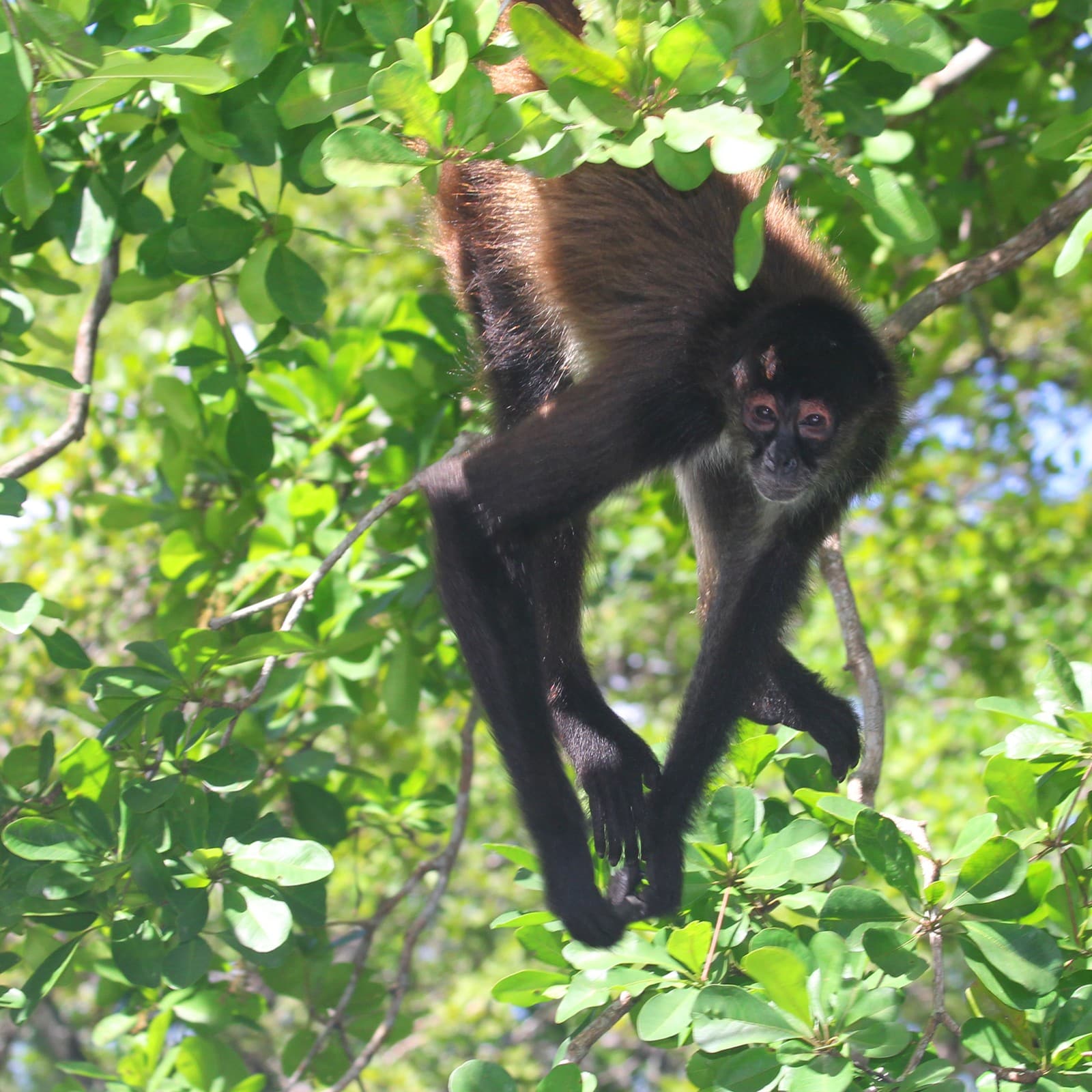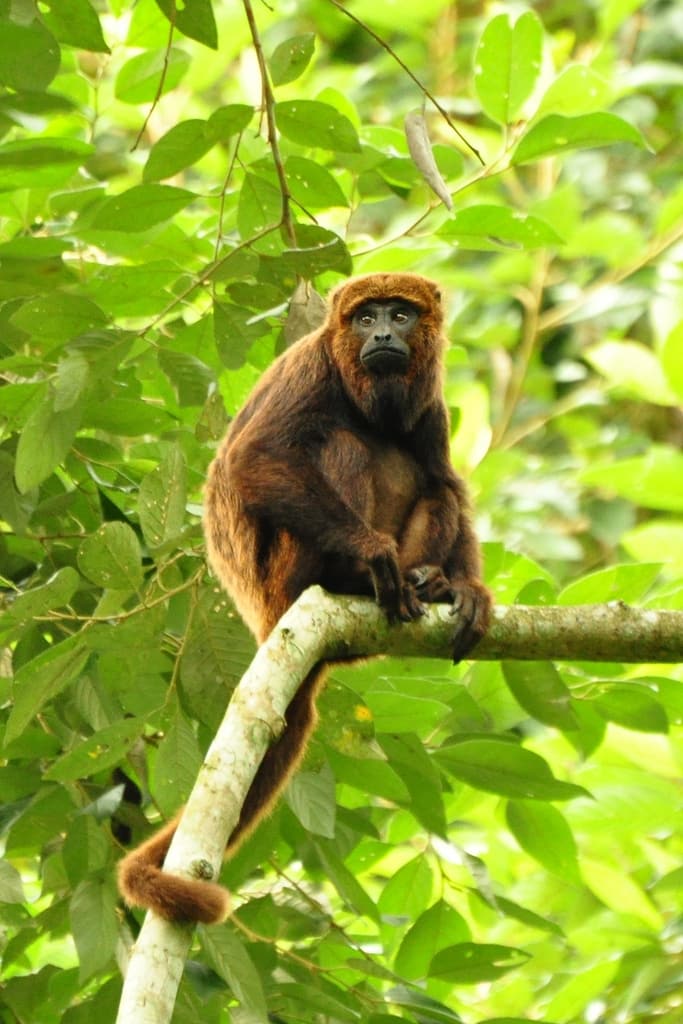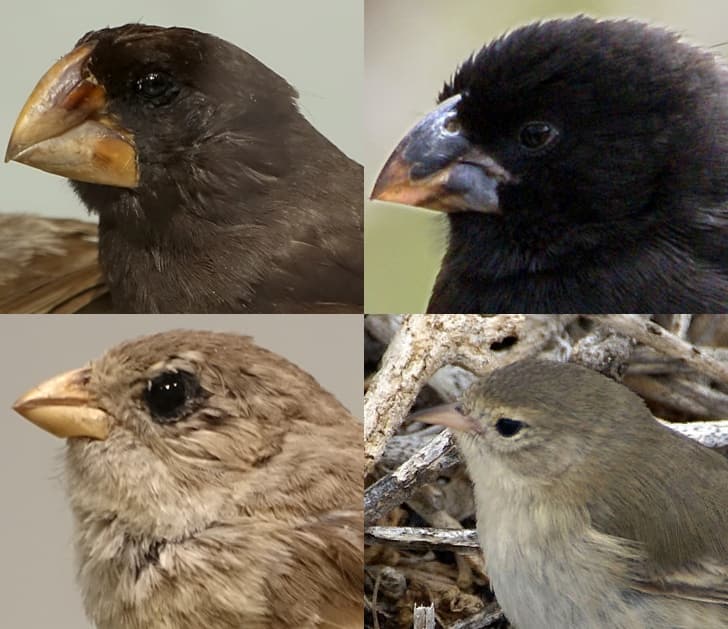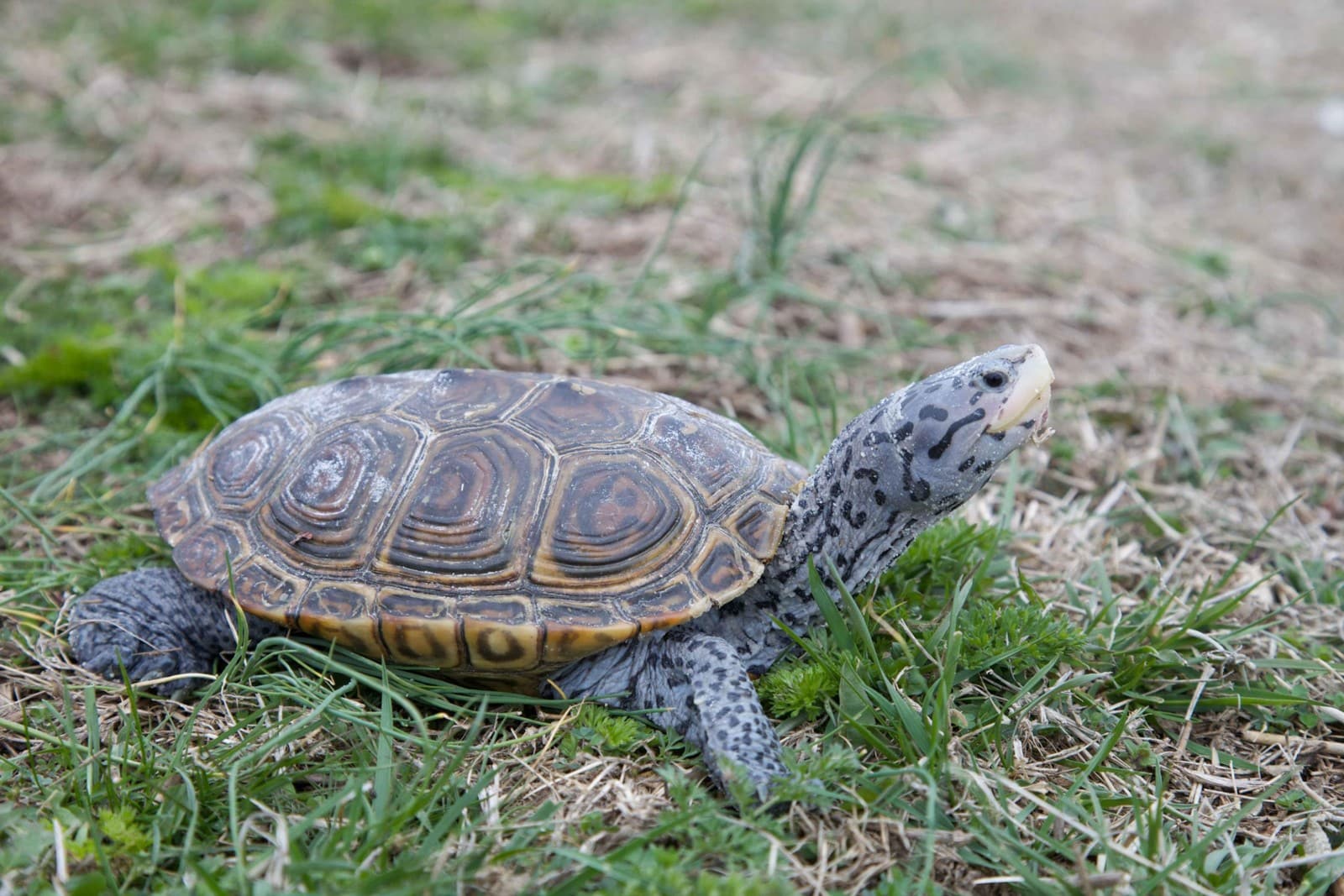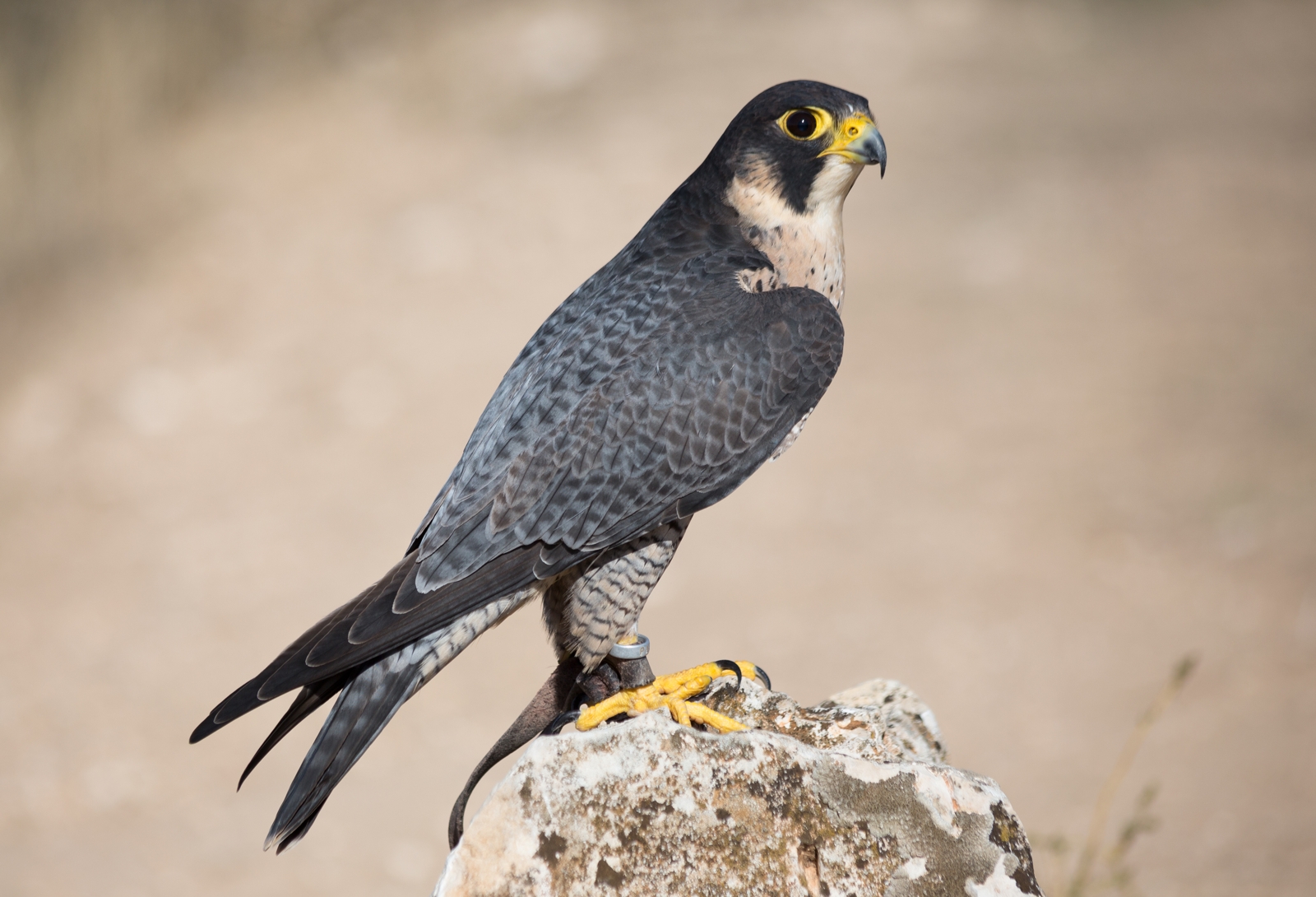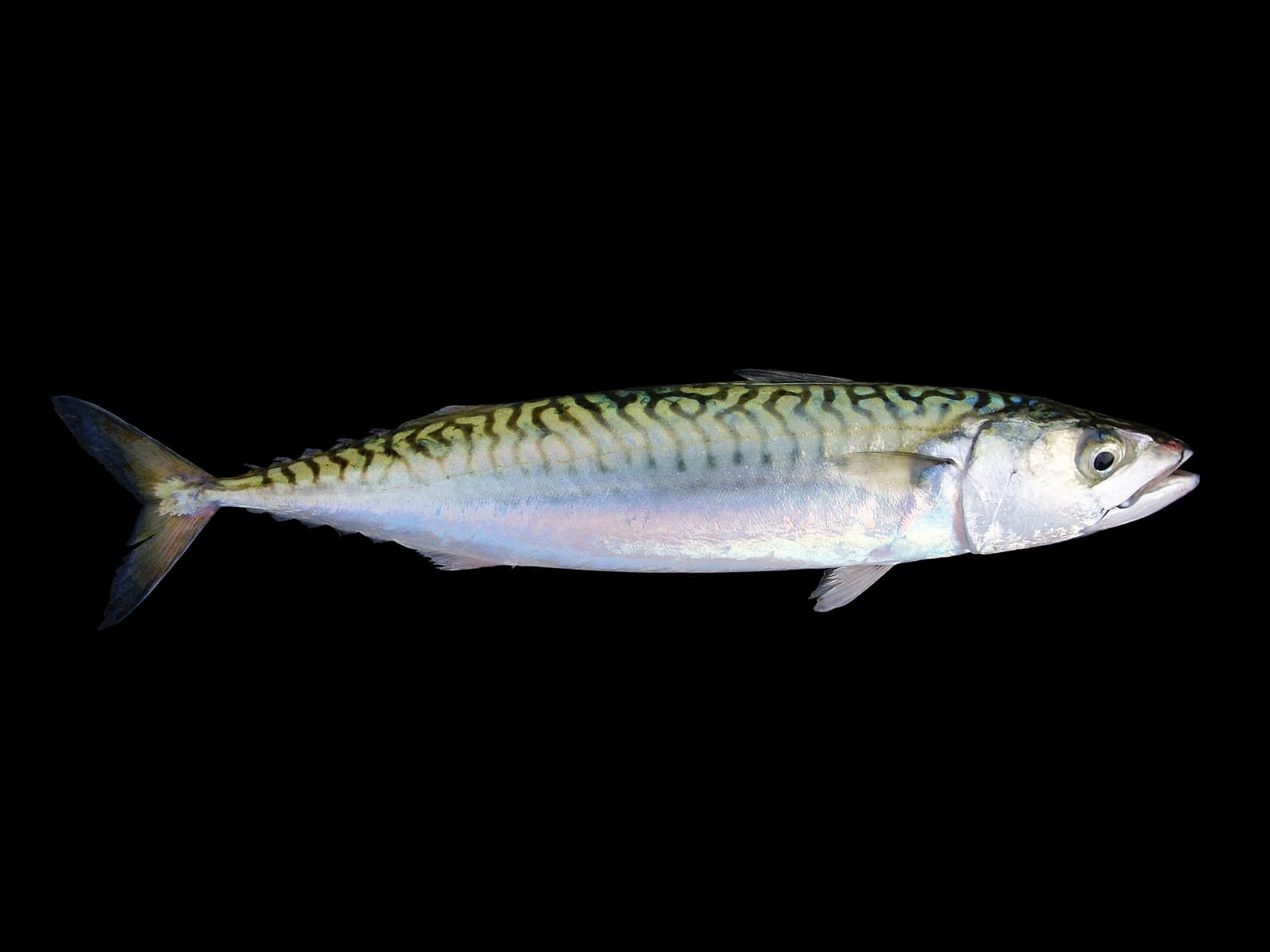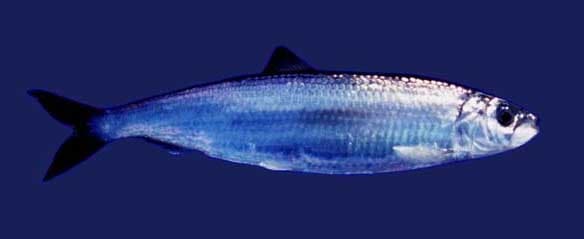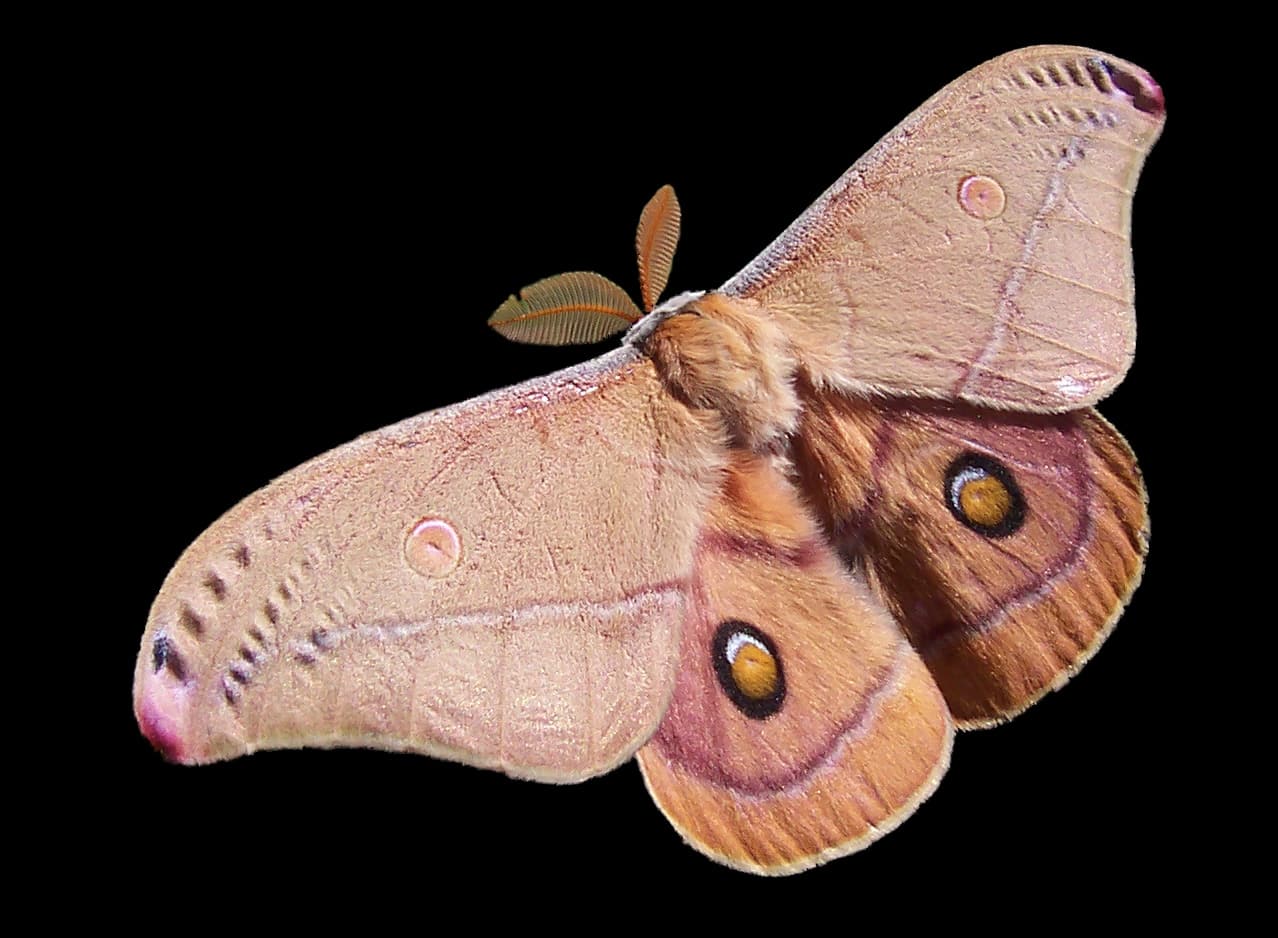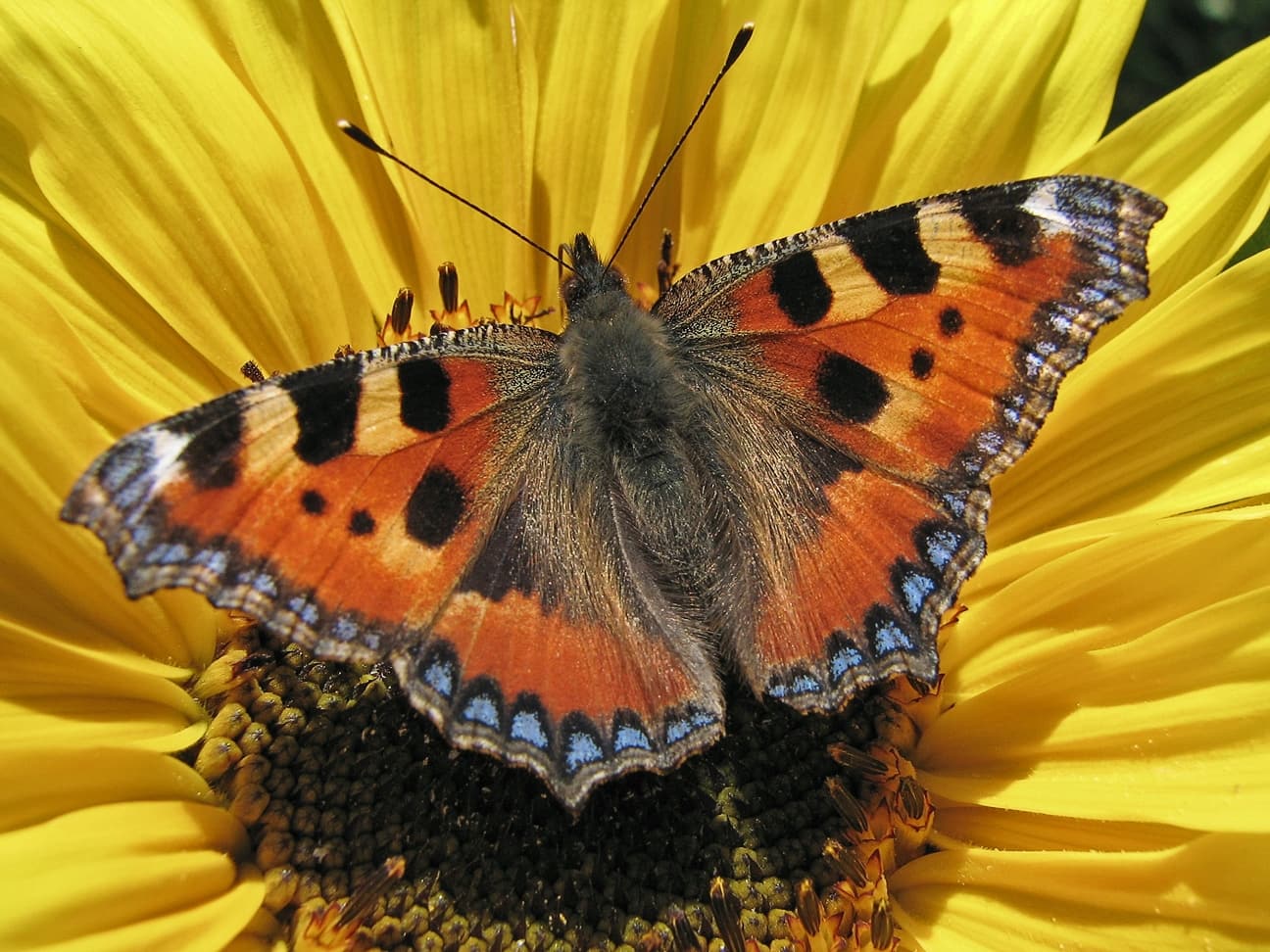Proboscis Monkey vs Howler Monkey: A Complete Comparison
When comparing Proboscis Monkey vs Howler Monkey species, we encounter two of the most distinctive primates in the world, each adapted to entirely different continents and ecosystems. The Proboscis Monkey, native to Borneo, is immediately recognizable by its enormous nose, while the Howler Monkey of the Americas is famous for producing the loudest sounds of any land animal, with calls that can be heard up to 3 miles (4.8 km) away.
These remarkable primates showcase the incredible diversity of primate evolution, with the Proboscis Monkey weighing up to 50 pounds (22.7 kg) and sporting its characteristic nasal feature, while Howler Monkeys typically reach 15-22 pounds (6.8-10 kg) and possess specialized vocal organs that enable their thunderous calls.
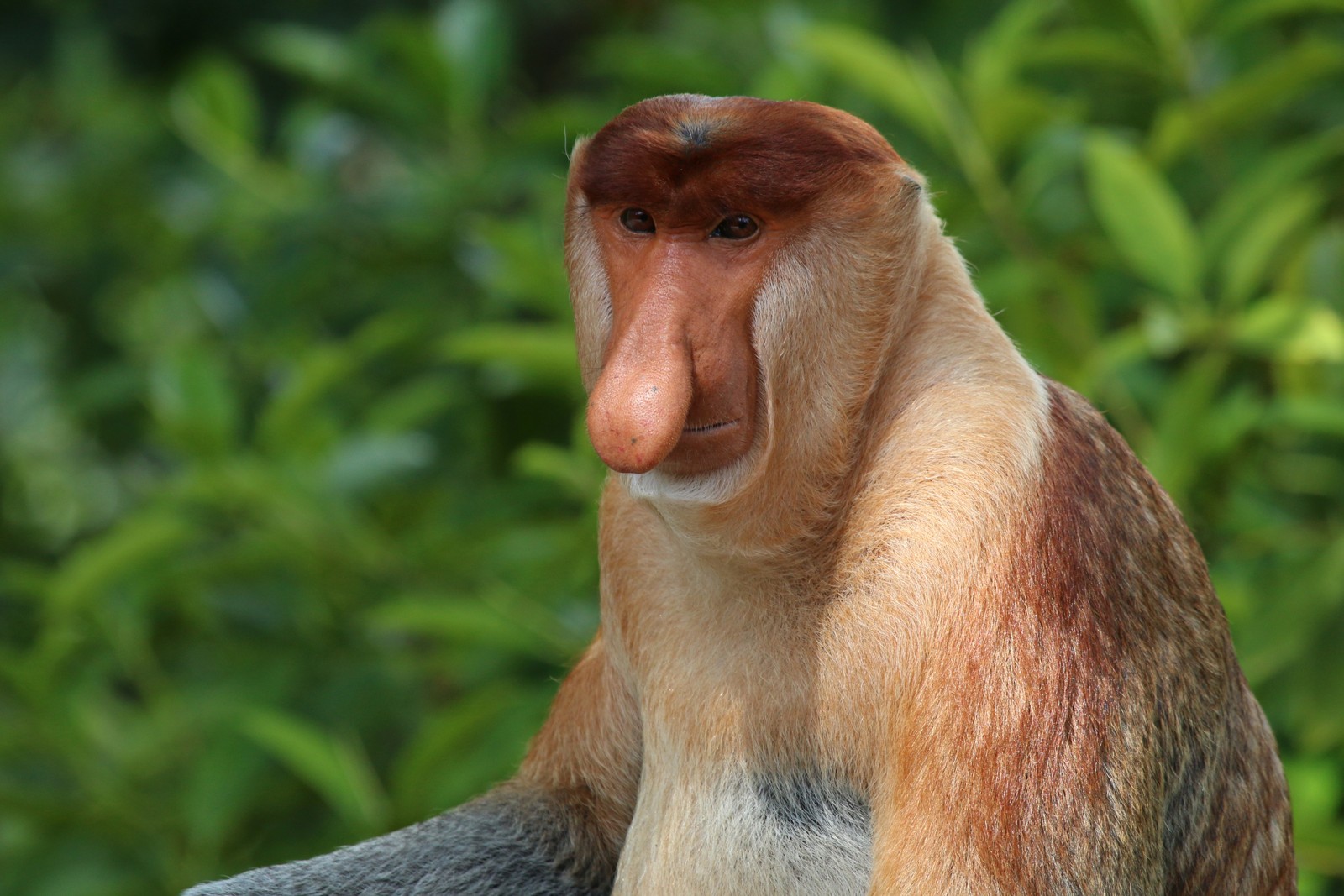
© Charles J. Sharp / CC BY-SA 4.0
The Proboscis Monkey’s distinctive appearance sets it apart from all other primates, with males developing the species’ namesake prominent nose that can exceed 7 inches (17.8 cm) in length. This remarkable feature plays a crucial role in their social dynamics and mating success.
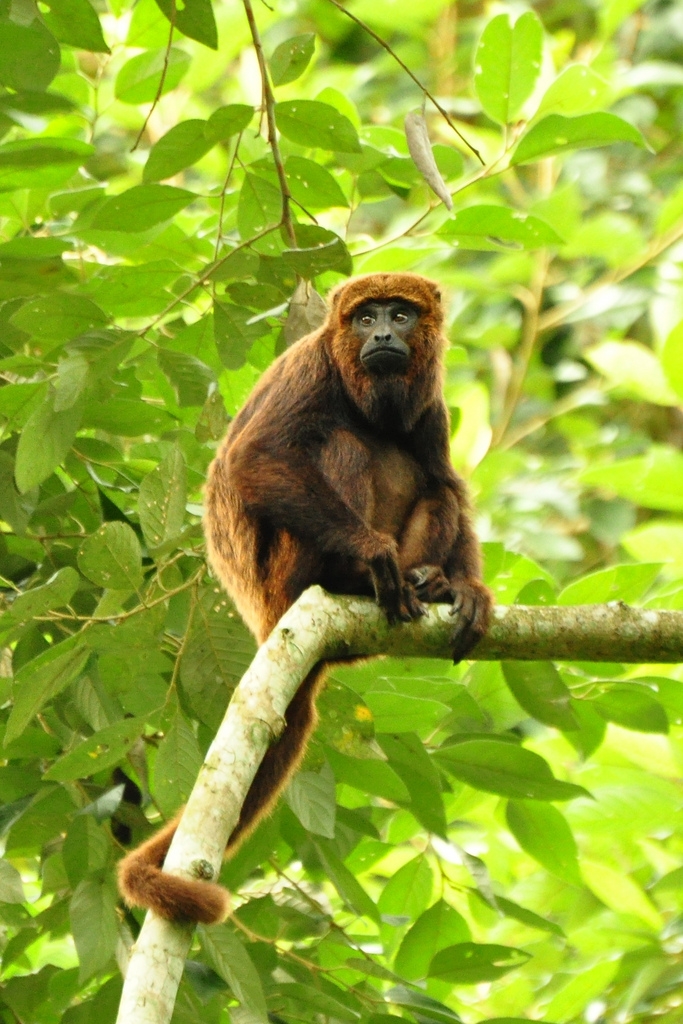
© Paulo B. Chaves / CC BY 2.0
The Howler Monkey demonstrates perfect adaptation to life in the American rainforest canopy, with its powerful prehensile tail and specialized vocal anatomy that produces its characteristic roar. These adaptations make it uniquely suited to its arboreal lifestyle.
Key Differences Between Proboscis Monkey and Howler Monkey
| Feature | Proboscis Monkey | Howler Monkey |
|---|---|---|
| Size | 20-50 lbs (9-22.7 kg) | 15-22 lbs (6.8-10 kg) |
| Habitat | Borneo’s mangrove forests | Central and South American rainforests |
| Notable Feature | Large pendulous nose | Extremely loud vocalizations |
| Diet | Primarily leaves and unripe fruits | Leaves, fruits, and flowers |
| Social Structure | Harems of 2-7 females | Groups of 4-19 individuals |
| Tail Type | Non-prehensile | Prehensile |
Habitat and Distribution
The Proboscis Monkey inhabits a highly specific range limited to the island of Borneo, preferring mangrove forests and riverine areas. These specialized environments provide the perfect combination of leaves, fruits, and seeds that make up their unique diet. In contrast, Howler Monkeys demonstrate remarkable adaptability across a vast range from southern Mexico through central Brazil, thriving in various forest types from rainforest to dry forest habitats.
Behavioral Differences
Social Structure
Proboscis Monkeys organize themselves into harem groups led by a dominant male, typically containing 2-7 females and their offspring. These groups often combine into larger bands of up to 60 individuals for overnight rest. Howler Monkeys, however, live in mixed-gender groups of 4-19 individuals, with multiple adult males and females sharing territory and child-rearing responsibilities.
Communication
While both species are vocal communicators, their methods differ dramatically. The Howler Monkey’s specialized vocal apparatus allows it to produce sounds reaching 140 decibels, used primarily for territorial defense and group coordination. Proboscis Monkeys communicate through various calls and visual displays, with their enlarged nose potentially amplifying their vocalizations.
Physical Adaptations
Digestive Systems
Both species have evolved specialized digestive systems to process their leaf-heavy diets. Proboscis Monkeys possess a complex, multi-chambered stomach similar to cows, allowing them to break down tough mangrove leaves. Howler Monkeys have developed an enlarged cecum that helps them extract maximum nutrition from their leafy diet.
Locomotion
Howler Monkeys are equipped with powerful prehensile tails that act as a fifth limb, providing extra security during arboreal movement and feeding. Proboscis Monkeys, lacking prehensile tails, are surprisingly agile swimmers, using their webbed feet to navigate between mangrove trees and escape predators.
Conservation Status and Threats
Both species face significant challenges in the modern world, but the Proboscis Monkey’s situation is particularly dire. Listed as endangered, their population has declined by more than 50% in the past 40 years due to habitat loss and hunting. While some Howler Monkey species are also threatened, their wider distribution and adaptability have helped maintain more stable populations in many areas.
Who Would Win in a Fight?
While such encounters would never occur in nature due to their separate continents, a theoretical comparison reveals interesting insights. The larger Proboscis Monkey would have a significant size advantage, typically weighing twice as much as a Howler Monkey. However, Howler Monkeys possess stronger arms and a more robust build adapted for life in the canopy. Their prehensile tail also provides an additional advantage in arboreal settings. Given these factors, neither species is particularly aggressive, as both prefer to avoid confrontation in their natural habitats.
